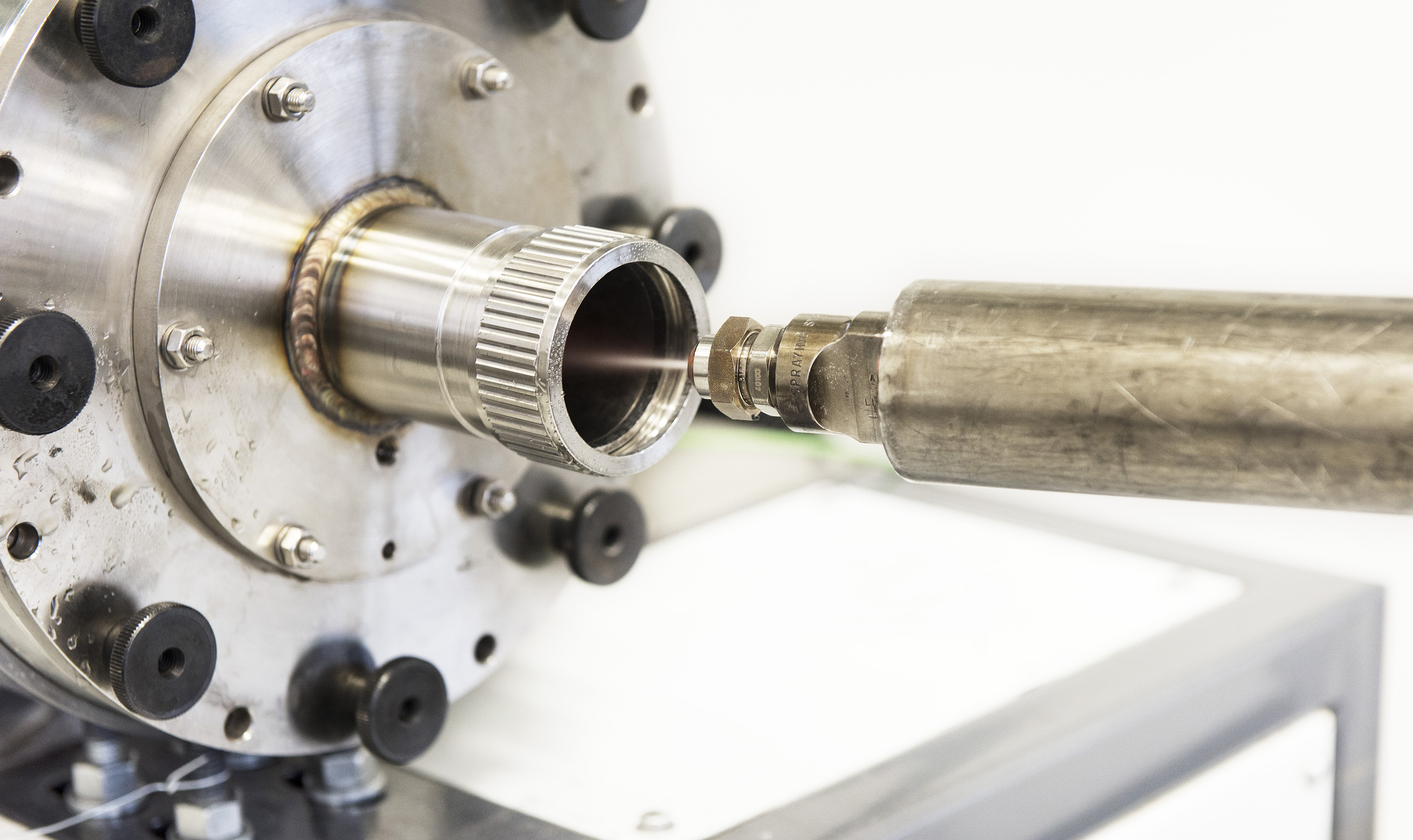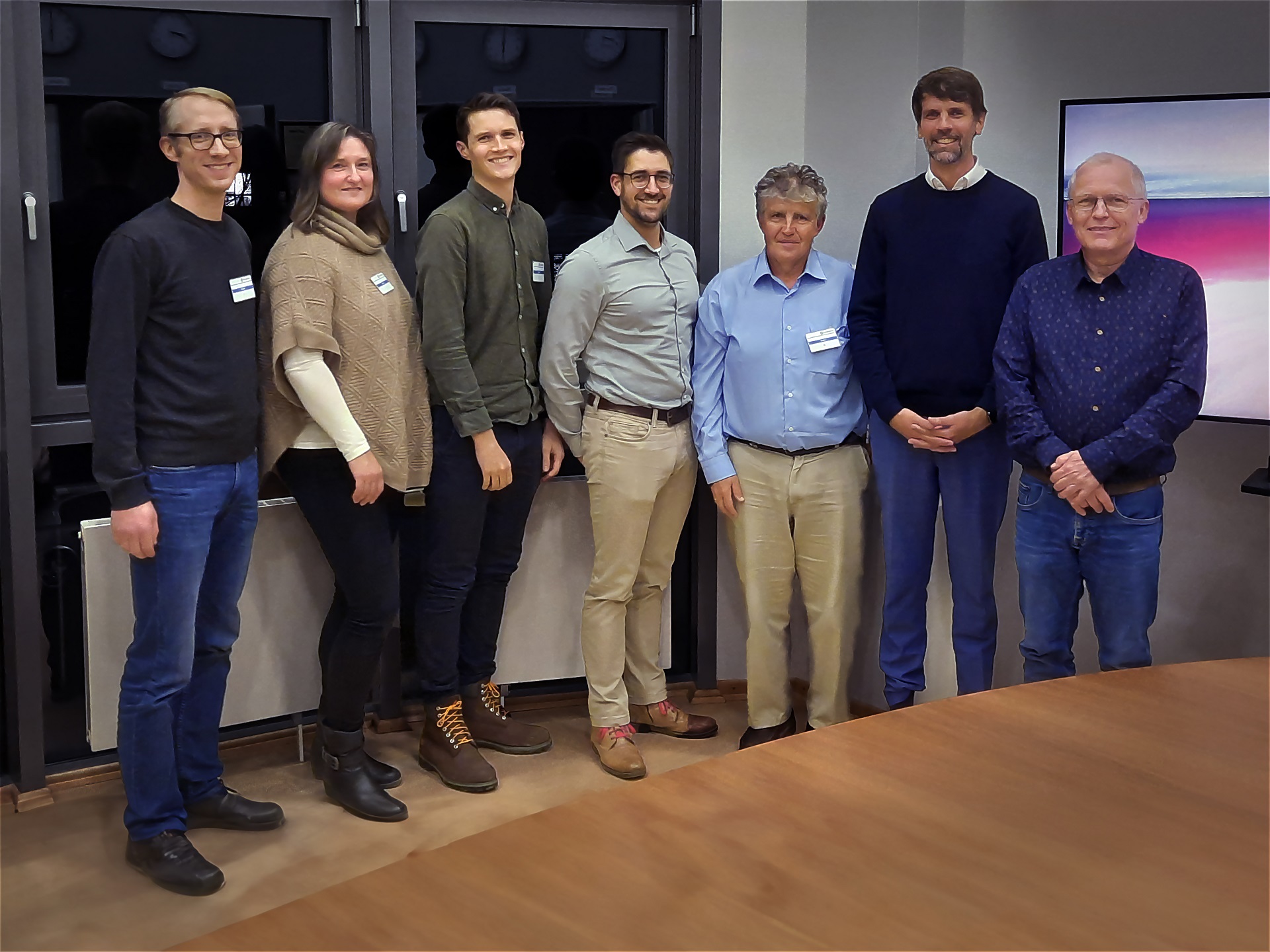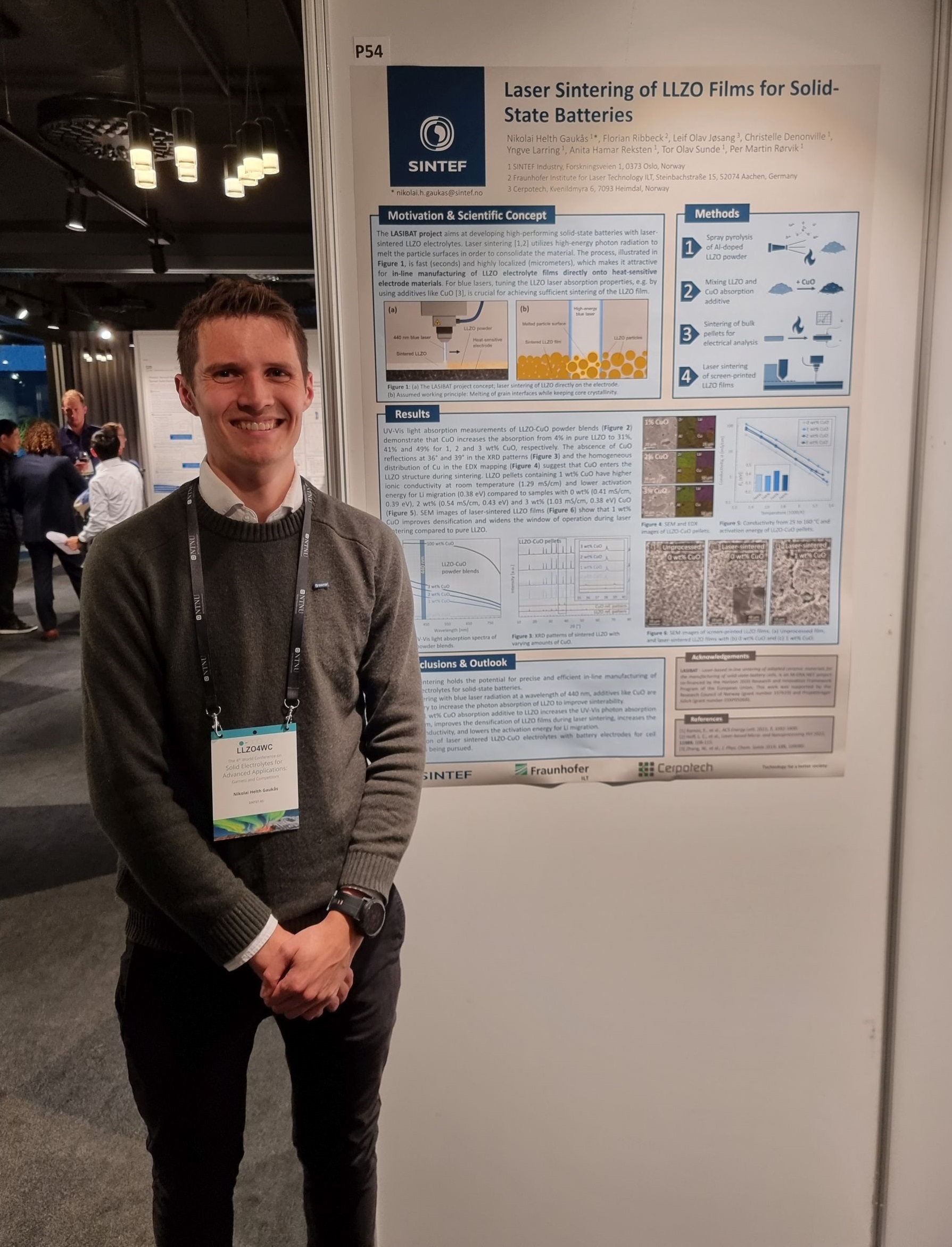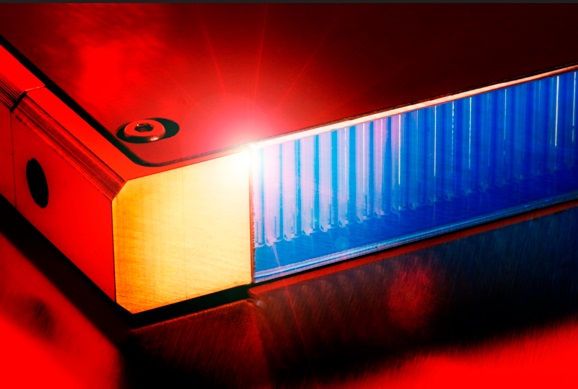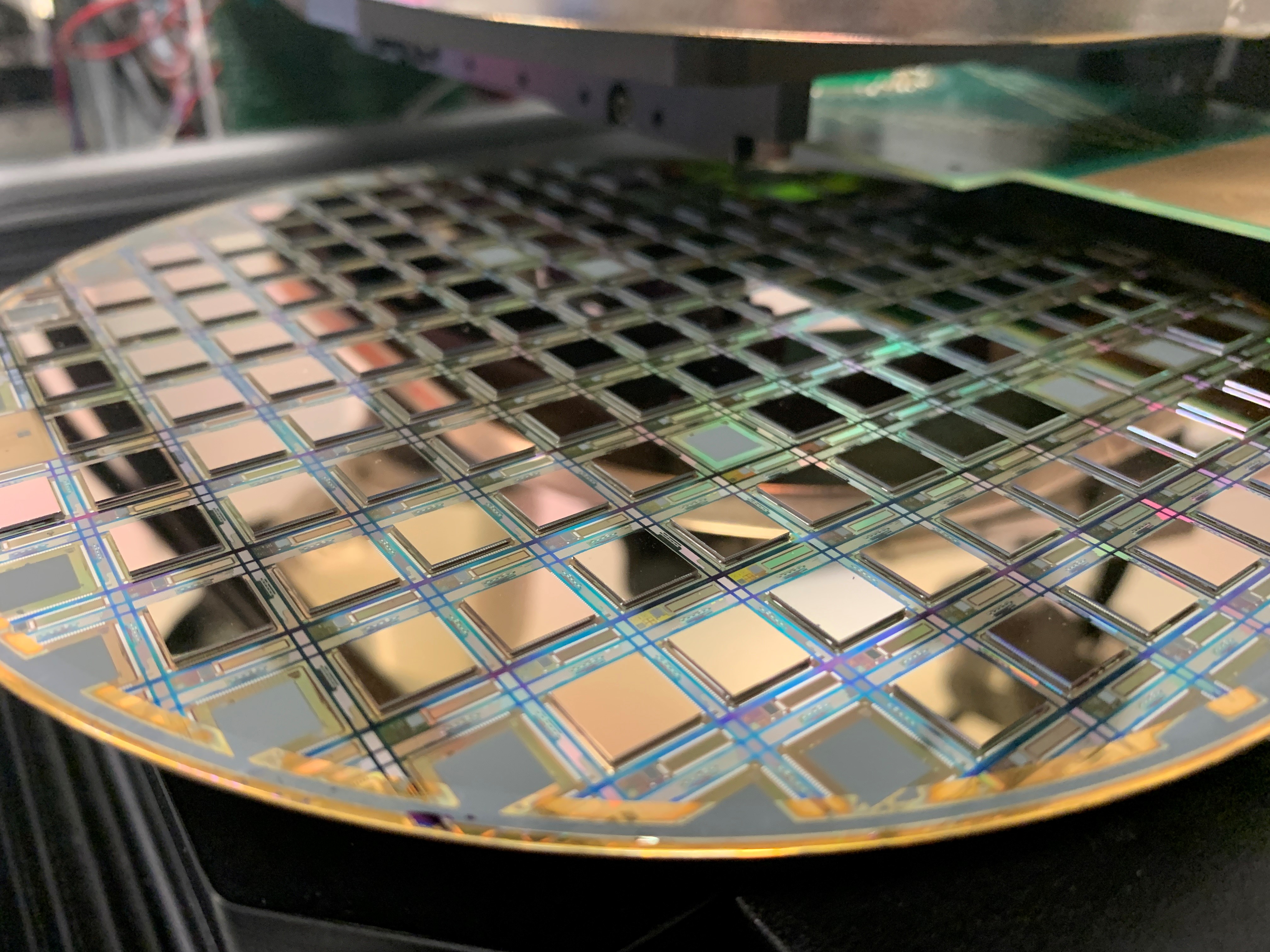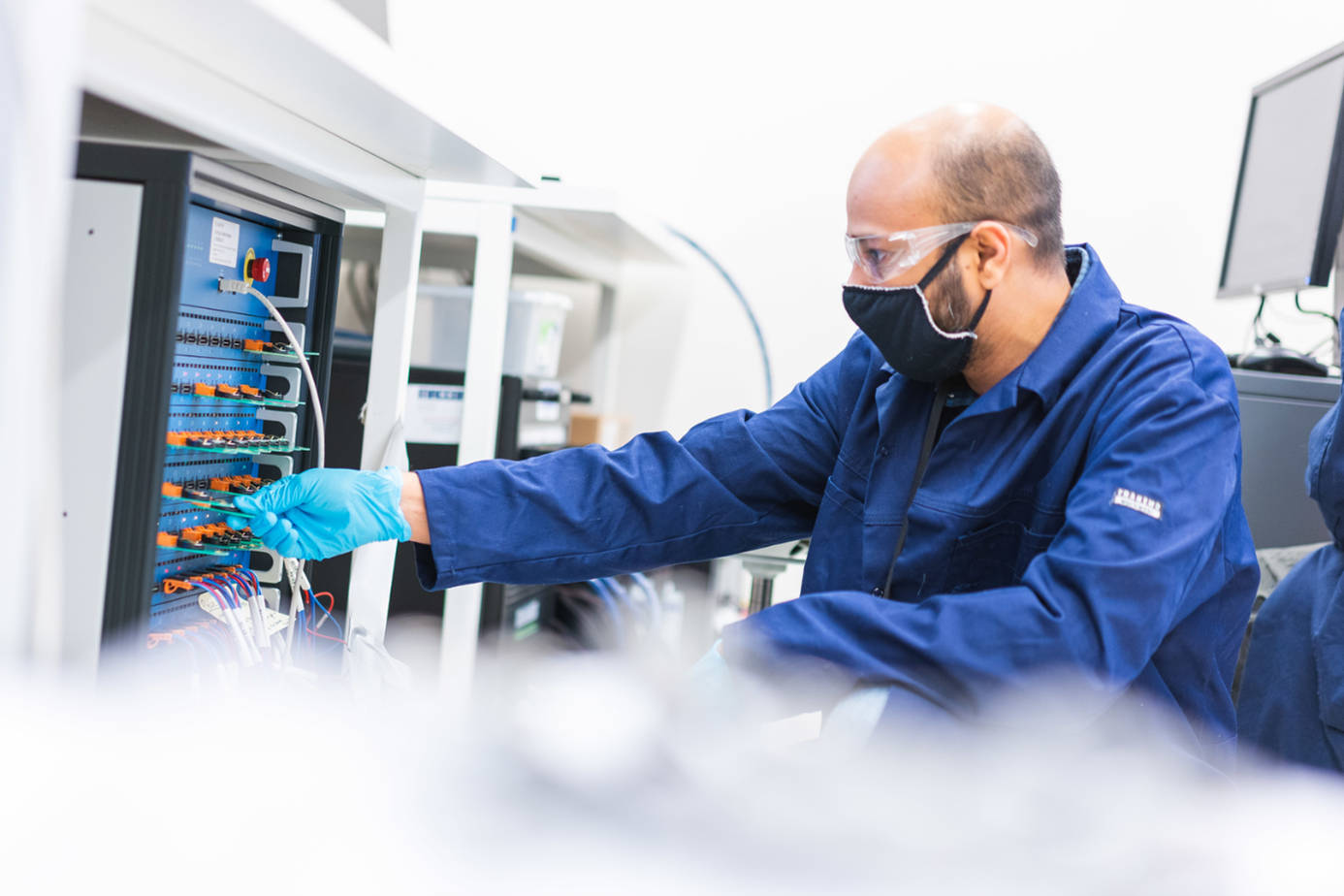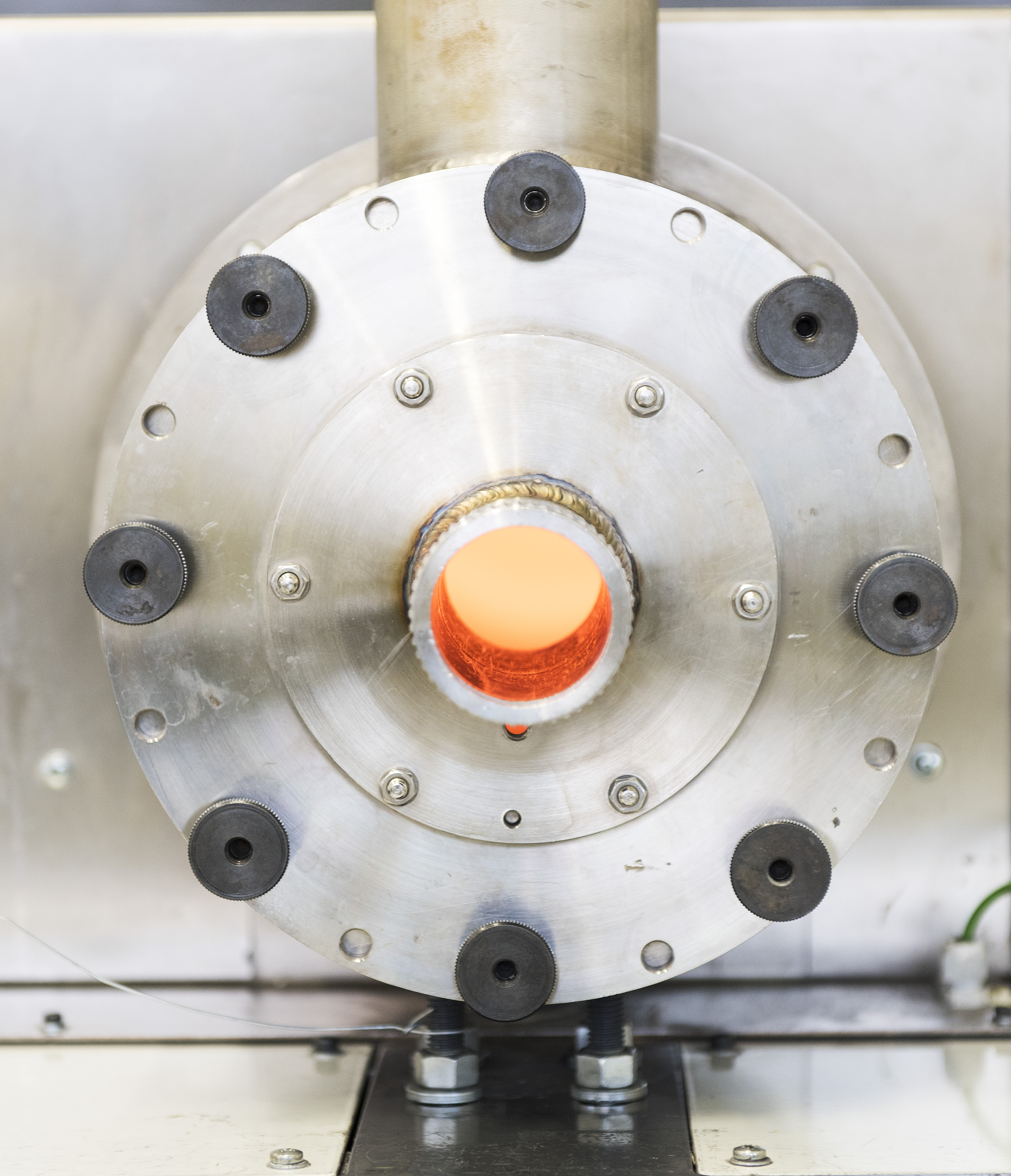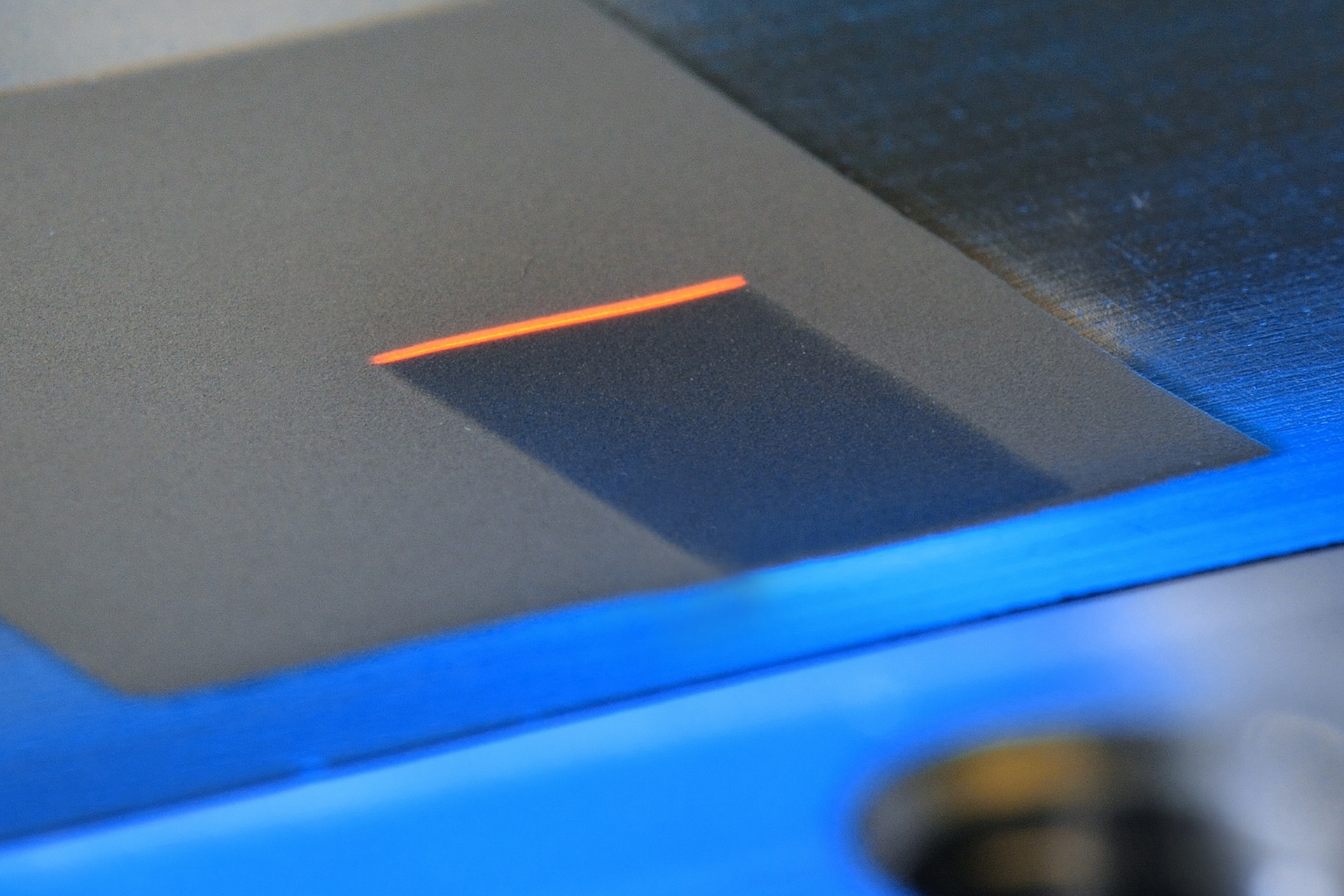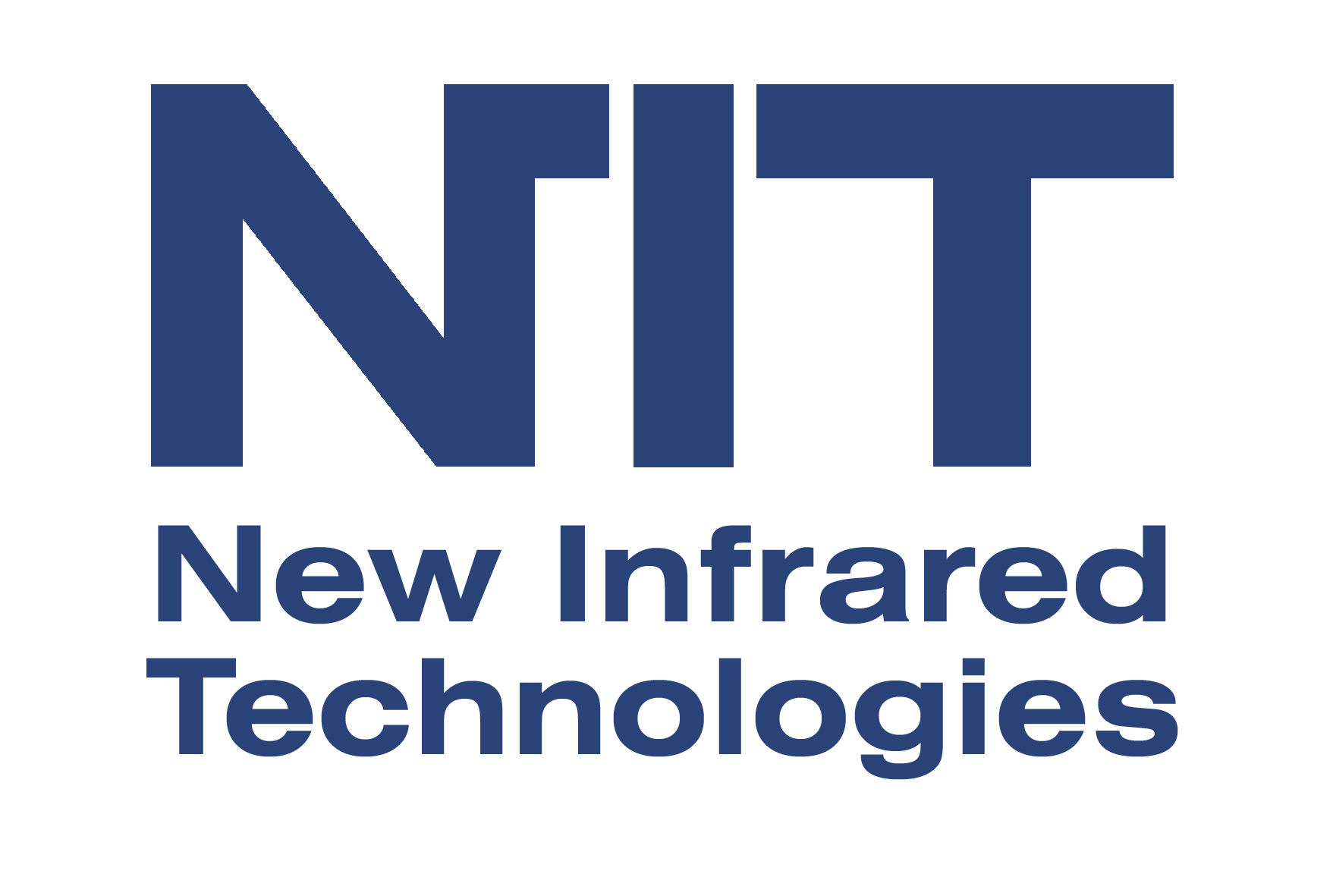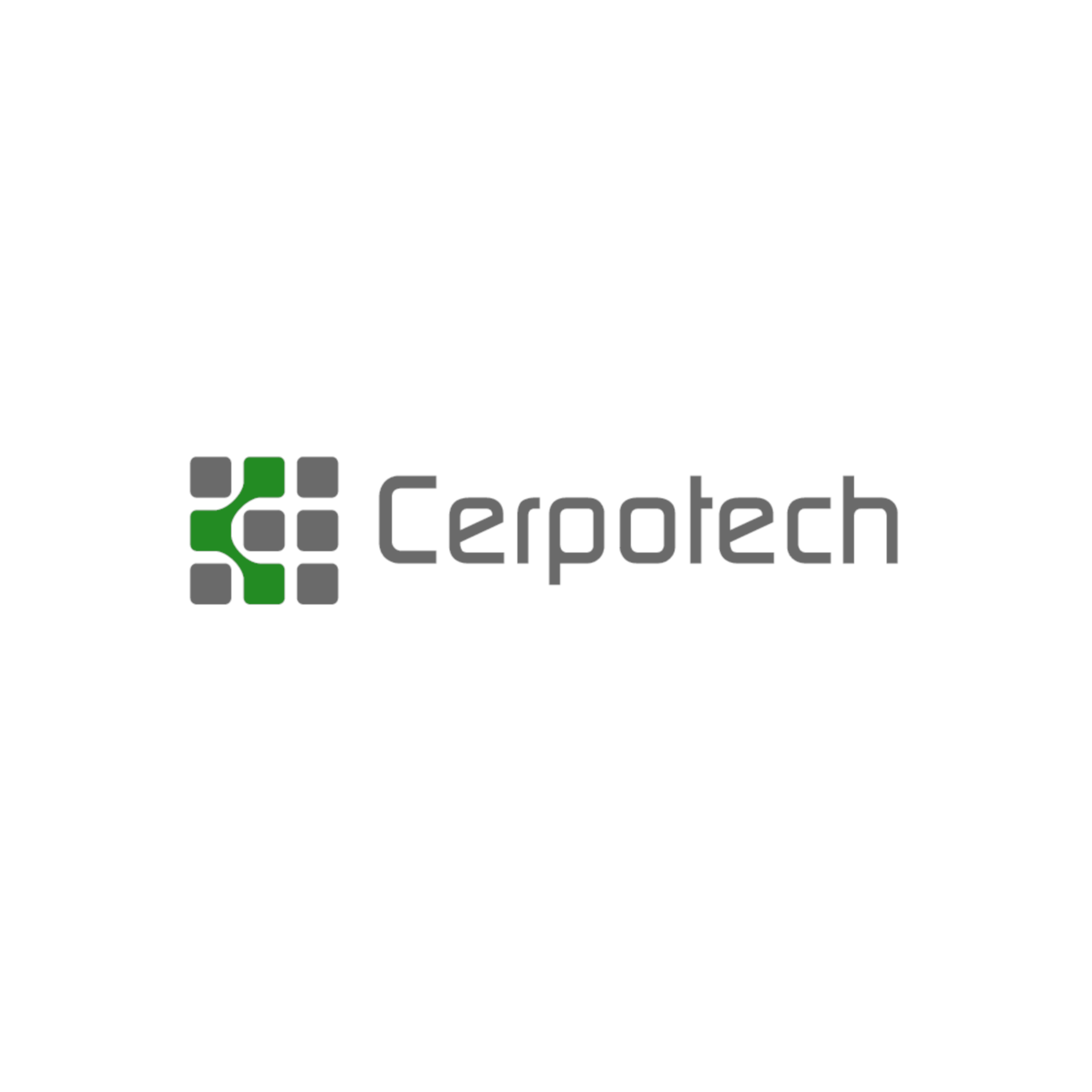»LASIBAT« - Laser-based in-line sintering of adapted ceramic materials for the manufacturing of solid-state-battery cells
In LASIBAT, functional ceramic materials, adapted layer deposition processes and a scalable inline laser sintering process including the necessary laser system technology (laser source, optics and temperature-based control) are being developed for the production of solid-state batteries.
Laser sintering enables a reduction of the thermal load on the material underneath the layer to be processed as well as a reduction of undesired diffusion processes and the formation of secondary phases that would otherwise reduce the performance of the battery. At the end of the project, system technology for an inline laser sintering process will be set up to demonstrate scalability for possible industrial use.
The materials for cathode and electrolyte layers are specially adapted to the new and comparatively fast blue laser sintering process. Due to the low optical penetration depth of blue laser radiation in the materials used, it enables layer-selective heating, which is necessary for sintering the thin-film electrolyte.
The project runs from 01.09.2022 to 31.08.2025.
 Fraunhofer Institute for Laser Technology ILT
Fraunhofer Institute for Laser Technology ILT